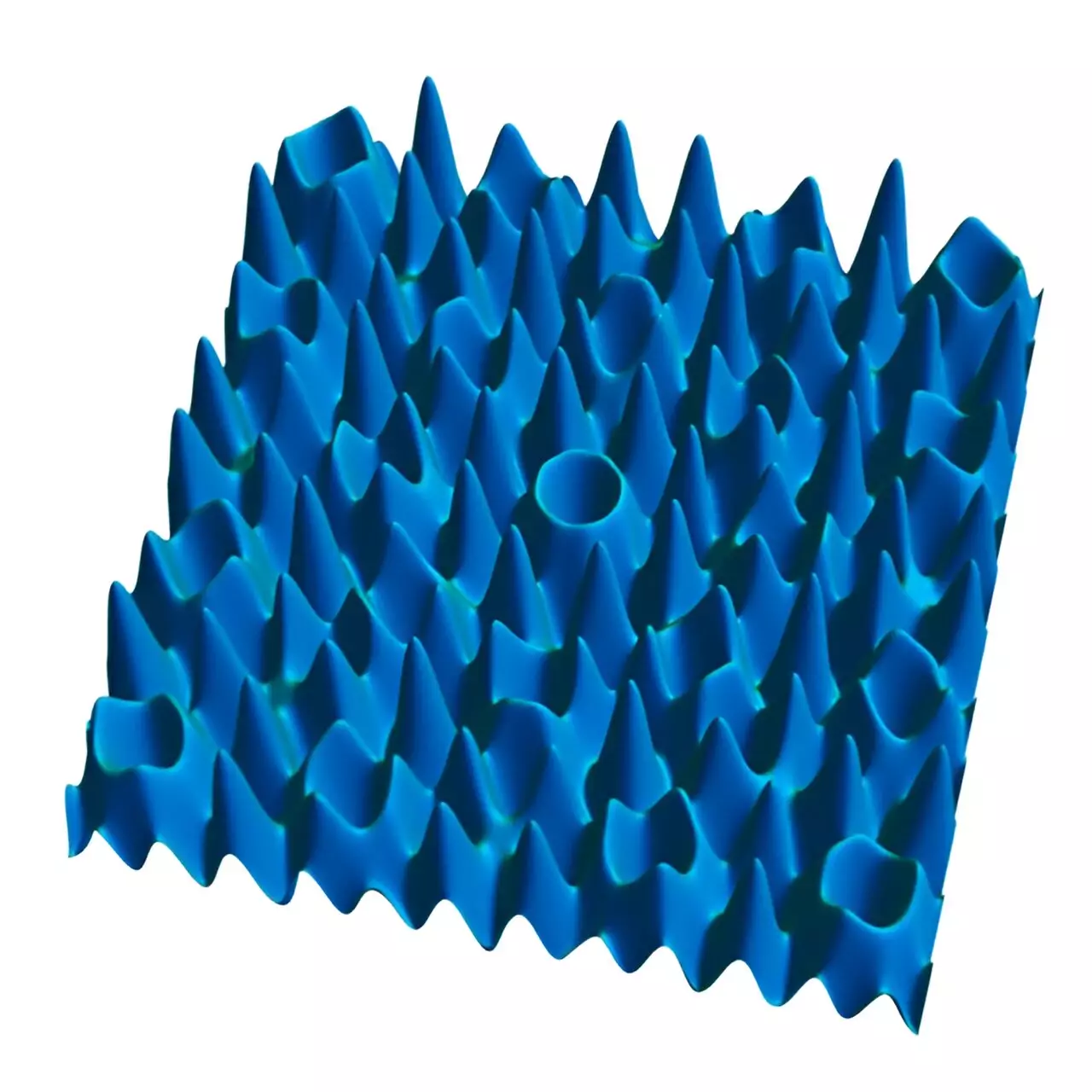In a groundbreaking study led by physicists at the Cavendish Laboratory, Cambridge University, researchers have unveiled the first two-dimensional manifestation of the Bose glass—a unique phase of matter that raises significant questions about traditional statistical mechanics. The findings, recently published in *Nature*, not only deepen our understanding of material behavior at the quantum level but also hold potential implications for the future of quantum computing.
The Bose glass, as its name implies, harbors glass-like characteristics where all particles within it are localized, meaning they exhibit minimal interaction with their neighboring particles. This level of localization fundamentally alters how we approach states of matter, echoing real-world examples such as how particles behave within coffee when milk is added. Instead of displaying a uniform mixture, the coffee retains distinct patterns—a phenomenon that offers a glimpse into the complexities of quantum systems.
To realize this novel phase of matter, the research team harnessed a sophisticated method involving multiple overlapping laser beams, which crafted a quasiperiodic pattern. Unlike conventional crystals characterized by repetitive structures, these patterns offer long-range order without repetition, much like the intricate designs found in Penrose tiling. When ultracold atoms are introduced to this patterned environment, cooled down to near absolute zero, they form what is now characterized as the Bose glass.
Professor Ulrich Schneider, a leading figure in this study, emphasizes the larger implications of understanding localization within quantum systems. Localization, often regarded as one of the formidable challenges within statistical mechanics, can pave the way for advancements in quantum computing. In essence, a localized system can maintain quantum information for prolonged periods, a crucial component in battling the chronic issue of decoherence that poses significant challenges to quantum technologies today.
The research is part of Schneider’s broader investigations into quantum simulations and many-body dynamics. Traditional methods of simulating large quantum systems can become overwhelmingly complex, as the number of possible interactions between particles escalates drastically. This complexity often leads to a state of ergodicity, where systems lose track of their initial conditions and converge toward a thermal equilibrium based solely on temperature. However, in the case of the Bose glass, the dynamics appear to defy this tendency.
Dr. Jr-Chiun Yu, the study’s first author, points out that one of the most intriguing aspects of the Bose glass is its non-ergodic behavior. Unlike systems that quickly forget their initial configurations, the Bose glass retains its details, imposing a need for exhaustive modeling of its conditions. This characteristic positions it as an attractive candidate for studying many-body localization, a phenomenon that could play a pivotal role in developing more efficient quantum computing systems.
One of the remarkable findings of this research is the sharp phase transition from Bose glass to superfluid, reminiscent of the melting process of ice. Superfluidity, a state where a fluid exhibits no resistance to flow, presents fascinating parallels with superconductivity. The ongoing investigation into the relationship between different quantum phases—namely the Bose glass, superfluid, and Mott insulator—illustrates the rich landscape of the Bose-Hubbard model, which describes the interplay of bosons in disordered systems.
The ability of the atoms within this experimental setup to coexist in multiple phases hints at complex interactions at play. The transition observed within the experiments signifies not only a confirmation of theoretical predictions but also opens avenues for practical applications of the Bose glass. Nevertheless, Schneider urges prudence as the scientific community seeks to comprehend the underlying principles of the Bose glass and its connections to many-body localization before advancing towards potential applications.
While the discovery of the Bose glass and its properties is undeniably exciting, it also represents a stepping stone toward unraveling intricate facets of quantum mechanics that remain poorly understood. As researchers continue to investigate the thermodynamic and dynamical properties of this elusive phase of matter, they remain aware of the essential balance between theoretical exploration and practical application.
The research on the Bose glass not only sheds light on a novel form of matter but fundamentally challenges existing paradigms in statistical mechanics and quantum theory. As the scientific quest continues, the Bose glass stands at the forefront, inviting further inquiry and offering hope for transformative breakthroughs in quantum technology.

